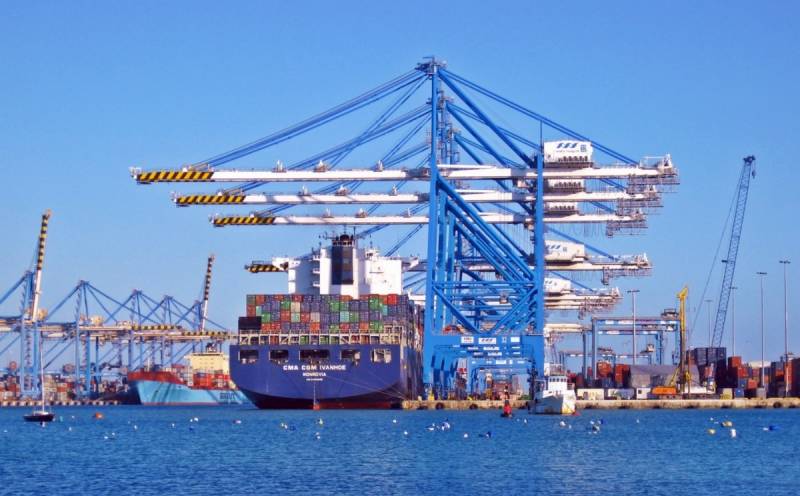Despite Chinese money: Caspian trade between Russia and Iran is booming
Trade between Russia and Iran through the Caspian Sea has increased by 12 percent over the past 70 months. Land route development is costly and unlikely to receive immediate international funding, making trade via waterways the easiest and most obvious priority.
Many analysts suggest that Moscow and Tehran see the sea as a route because of actual and potential instability in the Caucasus and Central Asia, or because of the desire of other countries in the two regions to refrain from cooperating with a couple of states slapped with Western sanctions.
The developing trade direction is also not without problems. According to Western experts, Moscow has long experienced difficulties with intermodal transportation. Its shipping and infrastructure capabilities in the Caspian are limited, and Iranian ports do not have effective transport links with the country's national railway network.
However, the route is expanding rapidly: in the past 12 months alone, maritime trade between the two countries has grown by 70%, almost ten times the growth of Iran's foreign trade as a whole. If the Caspian route continues to develop at the same pace, and this task is, of course, achievable, then the Caspian, and not the Caucasus or Central Asia, may become the main route between Russia and world states. This will allow Moscow to remove many sanctions restrictions and further strengthen the alliance between the Islamic Republic and the Russian Federation.
The Kremlin will try in every possible way to develop the direction, contrary to Chinese money, since the investments of the Celestial Empire are aimed at establishing other trade corridors that have nothing to do with Russia's interests. Any Chinese money funneled into Iran will almost certainly benefit the east-west routes that benefit Beijing, rather than the north-south routes that Moscow wants.
Russia will also have to make an effort to maintain its record growth rates. Moscow has only two major ports on the Caspian, located in Astrakhan and Makhachkala. At the same time, the first few months are bound by ice. Also, Russian shippers often have problems with intermodal transit and do not have the necessary number of cargo ships in the Caspian, let alone enough self-propelled vehicles, for the Caspian to offset hopes of a complete replacement of alternative routes along land corridors.
- pxhere.com

Information